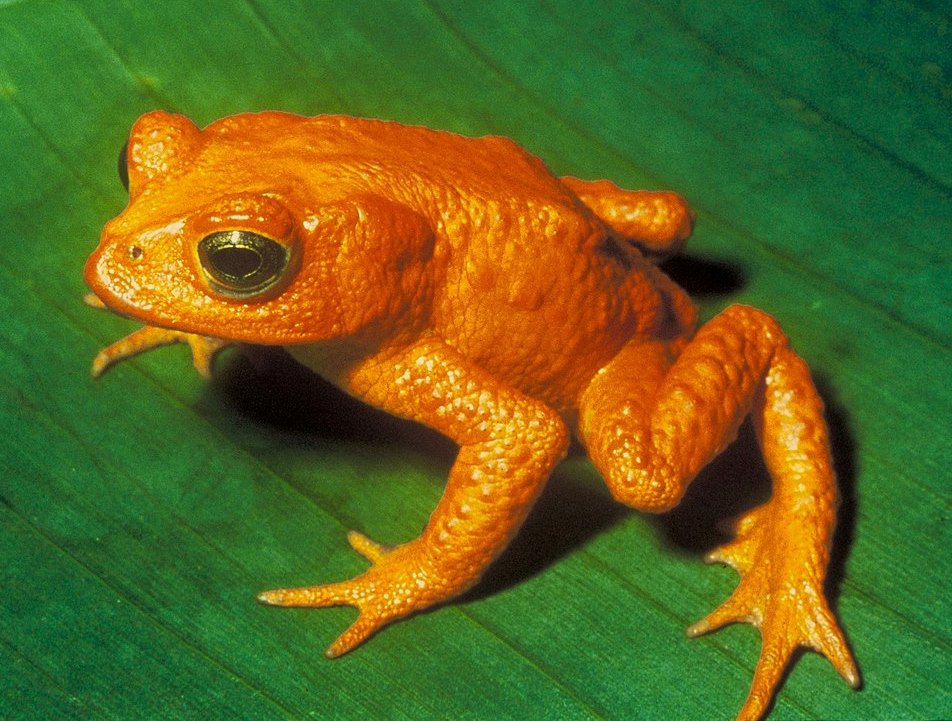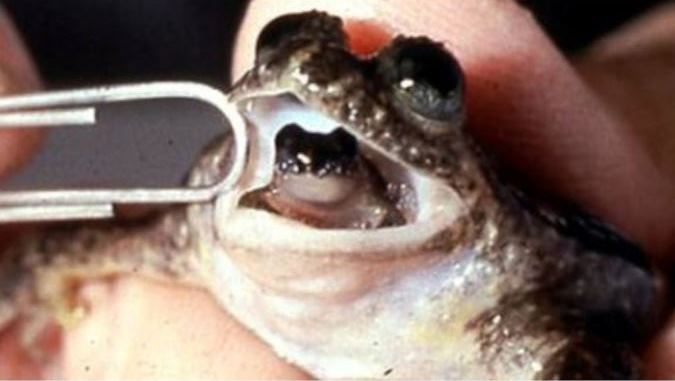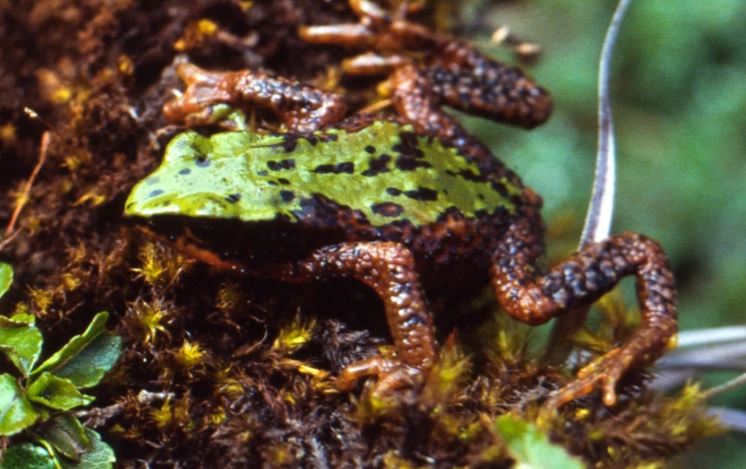Nature is struggling with extinction of animal and plant species through all continents. The blame is mainly human factors causing the loss of natural habitats of fauna and flora. Biologists have reported unprecedented frog counts since the late 1970s. Recently, scientists have found that the critical loss and extinction of some amphibian species is due to the parasitic fungus.
Costa Rica reported disappearing of the golden toad in 1987. Australia lacks a gastric brooding frog since 1979. Arthur’s stubfoot toad was last seen in Ecuadir in 1988. Unprecedented drops of frogs, toads and salamanders were reported worldwide in 1991.
 golden toad
golden toad
Worldwide Decline
According to research published in Sience magazine, at least 501 species (about 6.5 percent of the world’s known total) have fallen due to skin disease chytridiomycosis. And about 90 species have extinct. Another 124 species have fallen by more than 90 percent and their chances of recovering the active species into a healthy population are doubtful.
 gastric brooding frog
gastric brooding frog
In 1998, a team of Australian and international scientists led by Lee Berger discovered the amphibious sponge Batrachochytrium dendrobatidis (Bd), which causes skin disease chytridiomycosis.
Their research has shown that this unusual fungal pathogen was the cause of a decline in frogs in the rainforests of Australia and Central America.
The Frog Killer Origin
In 2018, the Korean Peninsula was identified as the probable origin of the deadliest line of a series of chytrid fungi.
During the last century, trade in amphibians has increased, and now all B. dendrobatidis lines are present in traded amphibian species; the fungus has become ubiquitous and spreads rapidly.
 Arthur’s stubfoot toad
Arthur’s stubfoot toad
Amphibious parasitic fungus occurs in lowlands and higher altitudes. The most affected areas were in Australia and Central and South America, where a huge variety of frogs live. These areas provide an ideal environment for the chytrid fungi growth. A decrease in frogs has also been reported in Europe.
Some of Them May Be Survived
Biologists have come up with the positive news that some species show signs of natural recovery. Twelve percent of the 501 species began to increase in some locations. But most of the affected species have not yet begun to recover and many of them are still falling.
Rapid action by governments and nature conservation organizations is needed if we want to keep these species off the list of endangered species. To stop the chytrid fungi spreading to areas where the killing fungus has not yet reached, such as New Guinea, a dramatic reduction in global trade in amphibians as well as greater biosecurity measures will be necessary.
Source & credit: https://theconversation.com/deadly-frog-fungus-has-wiped-out-90-species-and-threatens-hundreds-more-113846, wikipedia.org, youtube.com















